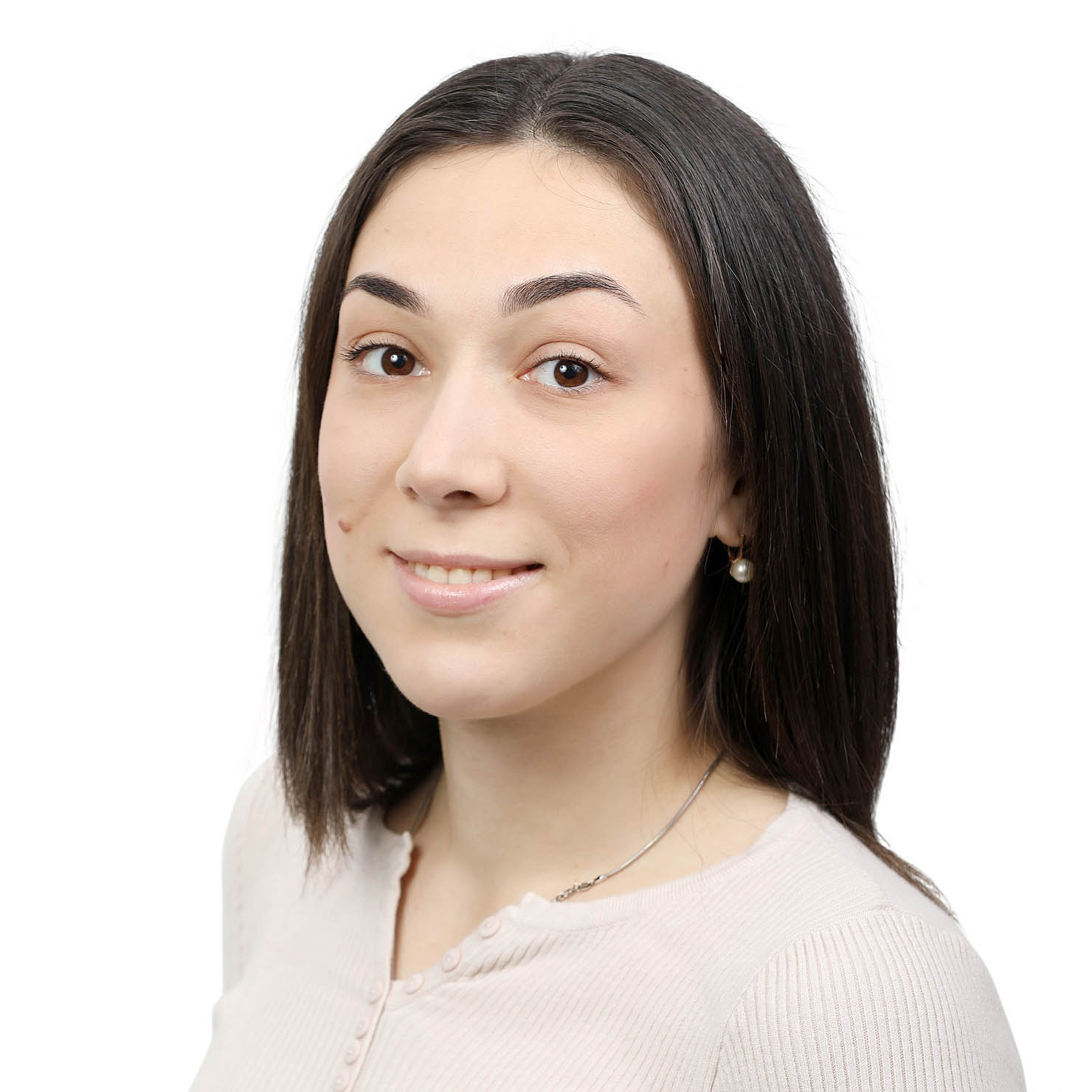Causes, signs and treatment of ingrown nail
An ingrown nail is a pathology in which the nail plate has grown into the nail roller (into its lateral edge). The disease is not critical, but only a surgeon can remove the ingrown nail plate.
Most often, the pathology develops on the nail plate of the big toe.
Causes
The causes of onychocryptosis (another name for the pathology) can be diseases, pathological conditions, and some circumstances that negatively affect the nail
- improperly performed pedicure or manicure. In 95% of clinical cases, the pathology is preceded by excessive cutting of the corner of the nail plate. Improper manicure or pedicure after ingrown nail removal can be an impetus for the development of pathology relapse;
- flat feet - a flat sole without anatomical depression along the inner edge, which causes the foot to rest on the entire surface of the sole;
- onychomycosis - damage to the nail plate by a pathological fungus;
- narrow shoes, which, due to the mismatch of the foot size, puts pressure on the toes and nail plates;
- valgus deformity of the feet - outward deviation of the first toe from the foot, which is formed due to damage to the joint between the phalanx of the finger and the metatarsal bone. This is one of the most common causes of ingrown toenail on the big toe;
- congenital predisposition (excessive volume of soft tissues in the plantar cushion)
- mechanical trauma to the toe in the area of the nail plate.
In this case, the nail roller becomes red and swollen, inflammation begins, which causes severe pain. Later, a chronic inflammatory process develops.
Before treating an ingrown toenail in a child or an adult (or on the hand), it is necessary to find out the exact cause of its ingrowth.
Symptoms
Clinical symptoms:
- the edge of the nail plate “hides” in the soft tissues of the finger;
- the tissues of the nail roller become swollen;
- the skin in this area is red;
- when an infection is involved, there is a rather severe pain caused by inflammation;
- with the progression of the process and suppuration of soft tissues, purulent discharge appears in this location. It is in such cases that patients come to the doctor with questions about what to do if the nail grows into the skin and suppuration develops;
- due to pain from an ingrown toenail, the patient begins to limp, and the functionality of the hand deteriorates.
Acute phenomena may disappear after some time, instead, a chronic slow process develops:
- pain decreases;
- signs of chronic inflammation are constantly observed at the site of the lesion - in particular, the tissues become coarser.
The chronic process is characterized by a recurrent course - the described symptoms appear periodically and then disappear.
Diagnosis
Diagnosis is not as complicated as the treatment of an ingrown toenail. The diagnosis is made due to:
- anamnesis (the fact of injury, illiterate nail care, etc. is noted)
- typical complaints;
- examination.
Treatment. Laser correction of ingrown nails
The treatment method depends on the degree of ingrowth of the nail plate into the soft tissues and the stage of the inflammatory process.
The pathology is treated with conservative and surgical methods (including such modern methods as laser ingrown nail removal).
Conservative treatment
With a mild degree of ingrown nail and no complaints, the recommendations and prescriptions are as follows
- wearing comfortable loose shoes without the slightest pressure on the toe;
- hygienic foot care.
It is recommended to take disinfectant warm baths with a solution of sodium chloride.
Surgical treatment
How to treat an ingrown toenail surgically? It is involved if:
- conservative methods are of little or no effect;
- the inflammatory process is progressing.
Surgical treatment includes
- excision of a sector of the nail plate;
- its complete removal.
Surgical treatment of ingrown nails is performed on an outpatient basis (in a dressing clinic or surgical hospital without hospitalization).
A number of methods have been developed to remove the nail plate or its fragment:
- with surgical instruments;
- by coagulating the nail matrix with an electric current of a given strength;
- by the method of radiofrequency surgery;
- laser beam.
The most common method is surgical excision of the ingrown part of the nail with simultaneous excision of hypergranulation and part of the matrix (root) of the nail plate. If this operation is ineffective (relapse occurs), the entire nail plate is removed.
After the surgery, tablet antibiotics are prescribed to prevent infection.
More effective (with a lower frequency of recurrence) is laser correction of the ingrown nail - laser action on the sprouting cells, which is performed after the ingrown nail is removed.
Orthonics is also used to treat ingrown nails. In this case, special brackets or plates are fixed on the nail in such a way as to lift its edges. Due to this, the nail is not pressed into soft tissues, pain and inflammation are eliminated.
Read more about ingrown nail treatment methods on our website https://dobrobut.com/.
Prevention
Measures to prevent the development of ingrown nails:
- competent manicure and pedicure;
- wearing comfortable shoes;
- compliance with hygiene rules;
- fighting infectious lesions of the fingers.
















